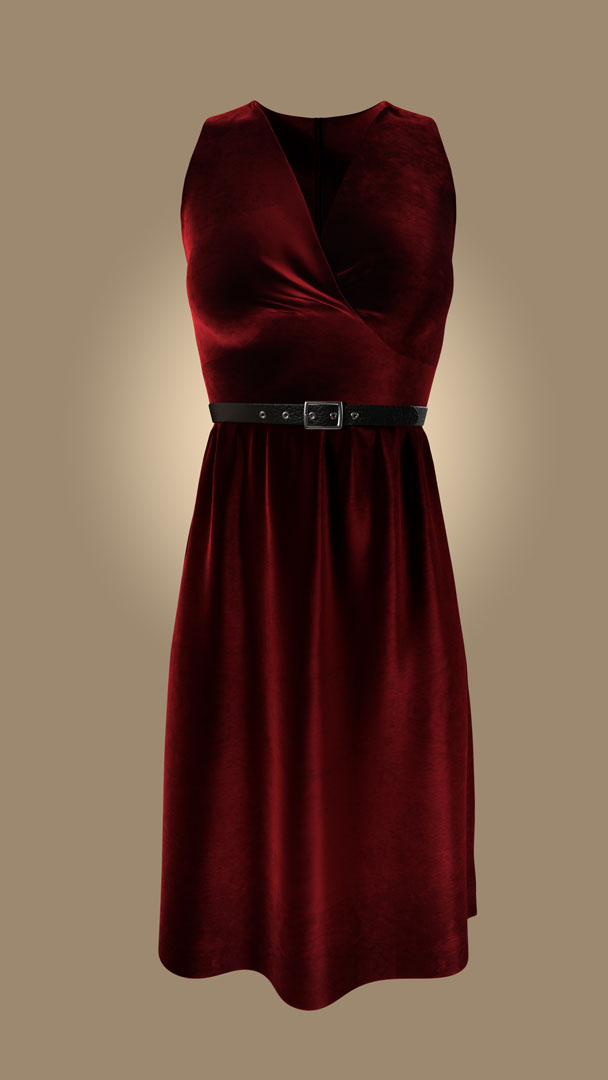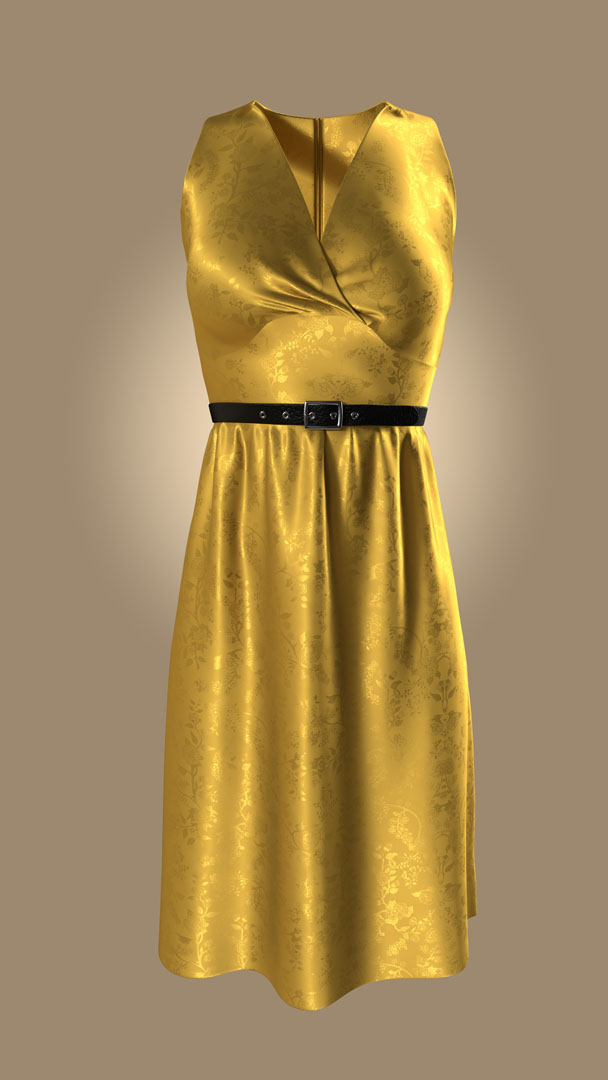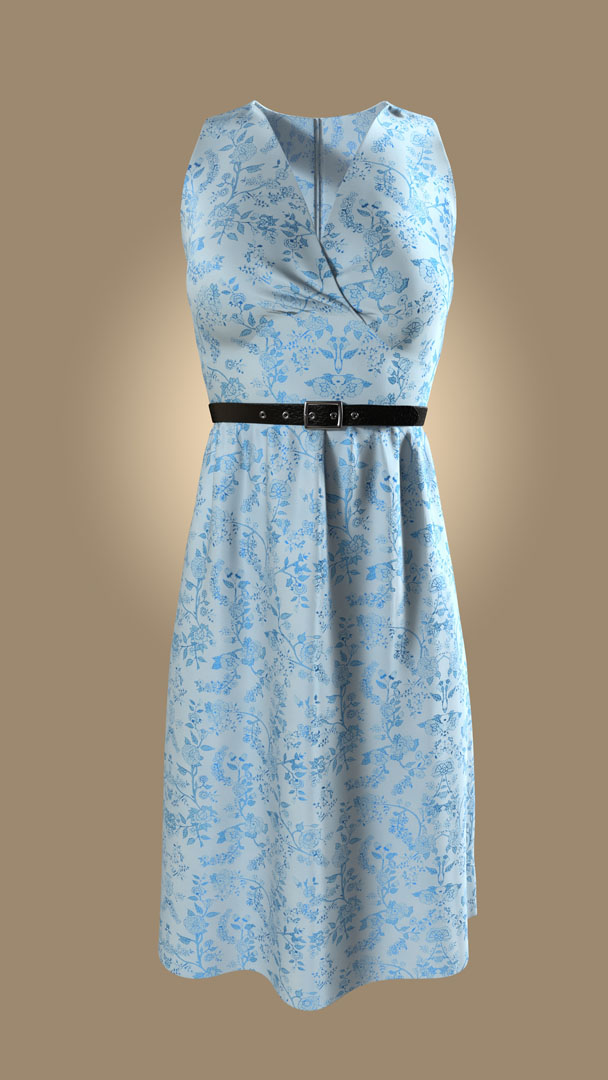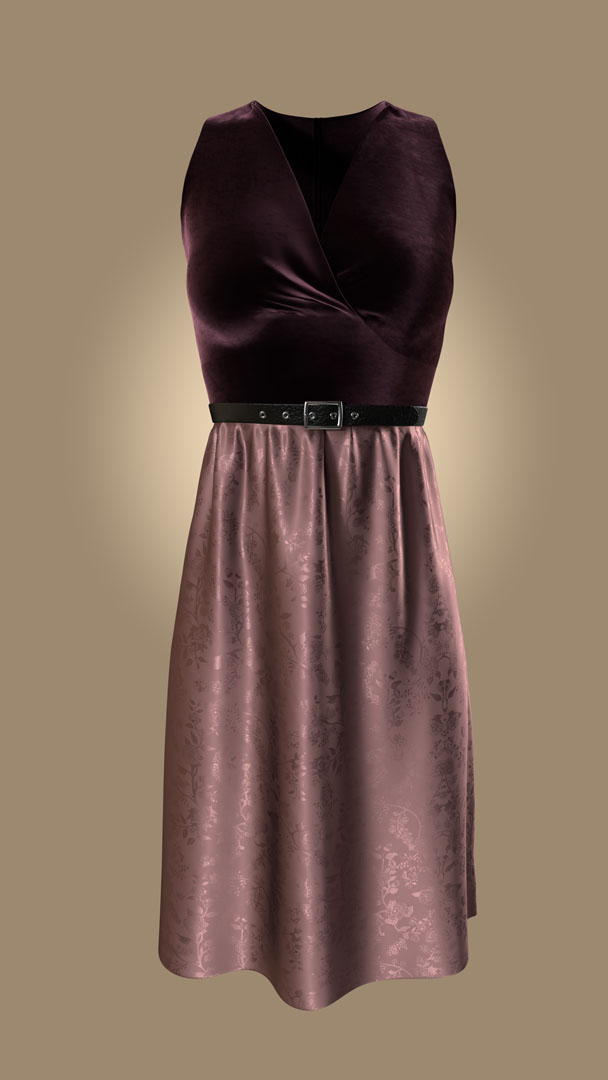“DreamWorks fabric shading model: from artist friendly to physically plausible”
Conference:
Type(s):
Entry Number: 38
Title:
- DreamWorks fabric shading model: from artist friendly to physically plausible
Presenter(s)/Author(s):
Abstract:
Since Shrek 2, DreamWorks artists have used the fabric model developed by [Glumac and Doepp 2004] extensively on cloth material shading. Even after we developed the physically based microcylinderical cloth model by [Sadeghi et al. 2013], they continued to prefer the intuitive control of the DreamWorks fabric shading model, which is also a cyindrical shading model, with easy to use artistic controls for highlights, and highlight directions.
References:
Rick Glumac and David Doepp. 2004. Generalized Approach to Fabric Shading. ACM Transactions on Graphics (Presented at ACM SIGGRAPH 2013). 32, 2 (Aug. 2004), 14:1–14:12.Google Scholar
Stephen R. Marschner, Henrik Wann Jensen, Mike Cammarano, Steve Worley, and Pat Hanrahan. 2003. Light Scattering from Human Hair Fibers. ACM Trans. Graph. 22, 3 (July 2003), 780–791. Google ScholarDigital Library
Iman Sadeghi, Oleg Bisker, Joachim de Deken, and Henrik Wann Jensen. 2013. A practical microcylinder appearance model for cloth rendering. ACM Transactions on Graphics (Presented at ACM SIGGRAPH 2013). 32, 2 (April 2013), 14:1–14:12.Google Scholar
Bruce Walter, Stephen R. Marschner, Hongsong Li, and Kenneth E. Torrance. 2007. Microfacet Models for Refraction Through Rough Surfaces. In Proceedings of the 18th Eurographics Conference on Rendering Techniques (EGSR’07). Eurographics Association, Aire-la-Ville, Switzerland, Switzerland, 195–206. Google Scholar
Keyword(s):
Acknowledgements:
We thank David Doepp, Lisa Connors, Andrea Pun, Jonathan Gibbs for discussions about the DreamWorks fabric shading model. We thank Archie Donato and Hannah Kent for the dress model.











